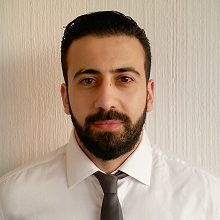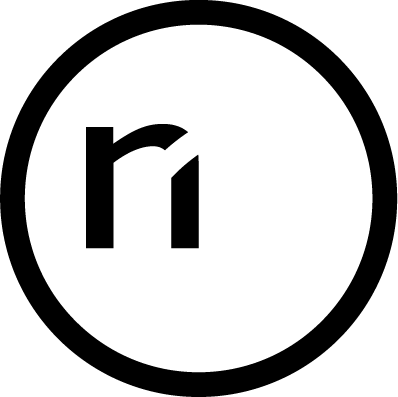Ahmed Halloum
Hemiepiphysiodesis is the principle of changing the direction of bone growth by manipulating or inhibiting one or more sides of an epiphysis and is therefore often referred to as guided growth. Hemiepiphysiodesis is a well-known method for correcting angular deformities or limb length discrepancies of the lower limb in children.
Emerging evidence shows that guided growth could play a role in the treatment of rotational deformities in children. Rotational deformities can be congenital (e.g., idiopathic anteversion of femoral neck, malicious malalignment syndrome) or post traumatic. They result in increased in- or out-toeing and affect gait.
In contrast to angular deformities, malrotation of the lower limb is still treated by surgical osteotomy, de-rotation, and fixation with a plate, intramedullary nail, or external fixator. These surgical procedures are invasive and require extended hospital admission. They are associated with pain, a high complication rate and delayed return to daily life.
By using guided growth, the correction happens slowly over a long period of time while the patient is growing. Because no osteotomy is needed, the surgical procedures are minimally invasive and can be performed as outpatient surgery. This reduces patients’ pain and patients may uphold full weight-bearing after surgery because the bone is not weakened . This is a huge improvement of patients’ quality of life since they can return to normal everyday activities such as school, sports, etc., right after surgery.
Up until now, the proposed experimental methods that we know of have been tested in small animal models not directly comparable to human children. Furthermore, they have been limited by the potential drawbacks of not having a specific implant designed for the task and the potential of inducing joint deformities, leg length discrepancies, imprecise correction or rebound after device removal.
Our research group has developed a novel concept plate specifically designed to correct rotational deformities in children by inducing guided growth of the distal femoral bone. It is a Z-shaped plate with elongated sliding holes which is fixed with one screw proximal and one screw distal to the epiphysis. By placing a plate on each side of the knee, rotation can be achieved as the bone grows.
We have shown that the concept works in an experimental ex vivo model. This project aims to further investigate the effect, limitations, and possible drawbacks of the plate in a porcine model.
Ahmed Halloum

Ahmed Halloum, MD, PhD-student
Interdisciplinary Orthopedics
Department of Orthopedics
Aalborg University Hospital
a.halloum@rn.dk
Opdateret


